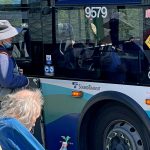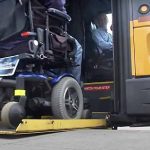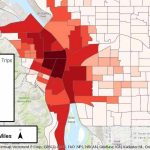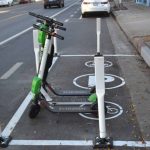Maintenance of the Active Transportation Elements of Complete Streets
|
The need for maintenance of active transportation facilities is relatively new, and the development of consistent levels of service and treatment intervals for all aspects of these facilities is just emerging. This project explored the challenges and opportunities associated with maintaining these facilities, with particular emphasis on lanes that serve bicyclists. ... Read More about Maintenance of the Active Transportation Elements of Complete Streets | |










